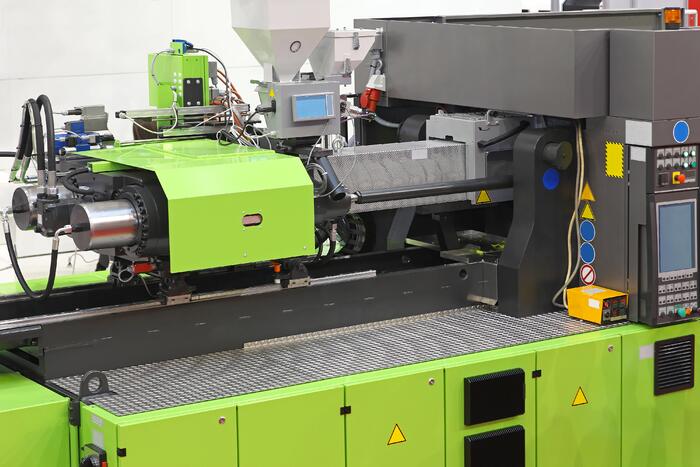Every once in a while it can be a good idea to get back to the basics of what the plastic injection molding industry does. At its most basic level, PIM (plastic injection molding) is the ultimate truly mass-production process on the planet, one that is the most economical and efficient when the goal is creating the same part thousands or even millions of times in a production run.

The Biggest Advantage of Plastic Injection Molding:
By far the # 1 advantage of injection molding is the ability to scale production to any desired level. Once the initial costs have been met, the price per unit drops precipitously. In fact, the more parts produced, the lower the price per part.
Here’s another huge advantage: injection molding produces low scrap rates compared to conventional manufacturing processes like CNC machining, which cut away considerable chunks of an original plastic block or sheet. That’s the good news; the bad news is that 3D printing has even lower scrap rates.
Waste plastic from injection molding manufacturing typically comes consistently from four areas: the runners, the sprue, the gates and any overflow material that leaks out of the part cavity itself, a phenomenon called “flash.”
So what’s a sprue, you ask? Simply put, it’s the channel that guides molten plastic from the injection molding machine nozzle to the entry point for the injection mold tool itself. The sprue leads to a system of channels called runners that guide the molten plastic into the part cavities within the mold tool. Finally, the gate is the part of the channel after the runner that leads directly into the part cavity. At the end of an injection mold cycle, which typically takes just a few seconds, the molten plastic will cool, resulting in solid plastic in the sprue, runners, part cavities and gates themselves, as well as potentially some overflow on the edges of the parts, if the seal isn’t 100% .
There are two basic types of plastic resin: thermoset and thermoplastic.
Thermoset: Epoxy resin that cures once exposed to oxygen. That means that it’s not recyclable; it can’t be remelted without burning up.
Thermoplastic: Thermoplastics, unlike Thermosets, are recyclable; they can be melted, cooled and formed into parts, then re-melted and re-formed into another part when the time comes. Sometimes this happens immediately after the new plastic part is made. Plant workers grind up the thermoplastic that solidified in the sprues or runners and any reject parts, then they add that scrap material back into the “virgin” thermoplastic that goes into the injection molding press. This scrap plastic is referred to as “re-grind”. Often times, quality assurance departments will limit the percentageof regrind that is allowed to be placed back into the mold because some performance properties can degrade as the plastic is recycled too many times.